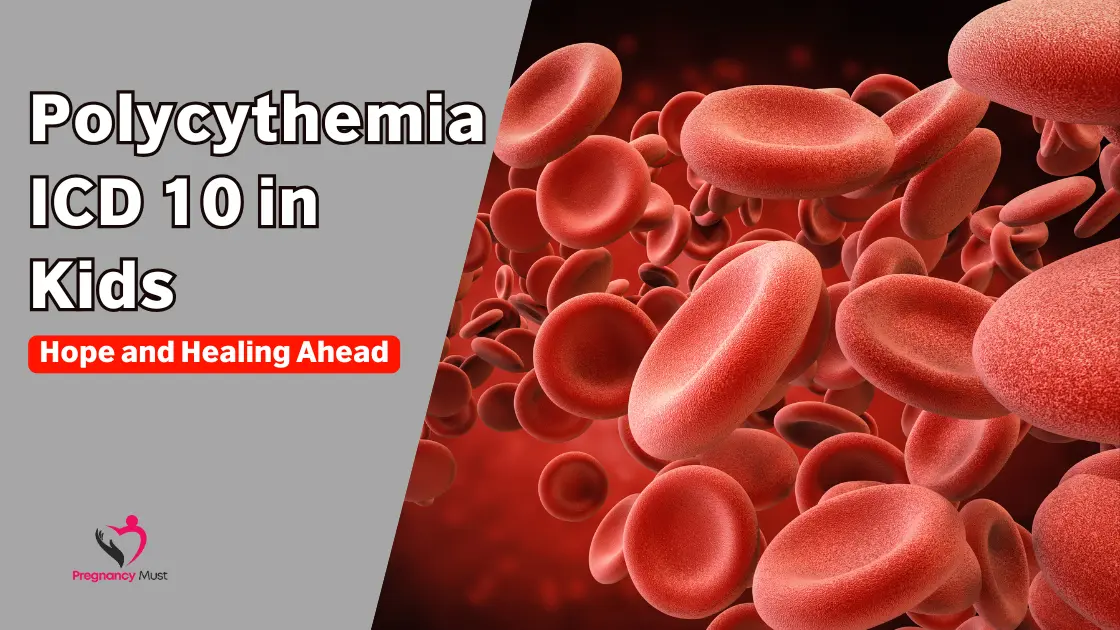Polycythemia ICD 10 is a medical term that may sound confusing, but it’s important for parents to understand, especially if your child has been diagnosed with this condition. In this article, we’ll explain what polycythemia is, how it affects your child, and what the ICD 10 codes mean. We’ll also talk about life expectancy, treatment options, and compare polycythemia to other similar medical conditions.
Table of Contents
- What is Polycythemia?
- Types of Polycythemia
- What are the Symptoms of Polycythemia in Kids?
- How is Polycythemia Diagnosed?
- What is the Life Expectancy for Children with Polycythemia Vera?
- How is Polycythemia Treated?
- Comparison with Other Medical Conditions
- Frequently Asked Questions (FAQ): Still Curious About Polycythemia ICD 10?
- Conclusion: Polycythemia ICD 10
What is Polycythemia?
Polycythemia is a disorder of increased red blood cells in the body of your child. The elements of the blood that carry oxygen are the red blood cells. In case of excess, the blood may become thicker leading to the difficulty of the heart to pump blood and supply of oxygen to the organs.
Types of Polycythemia
There are two main types of polycythemia that can affect children:
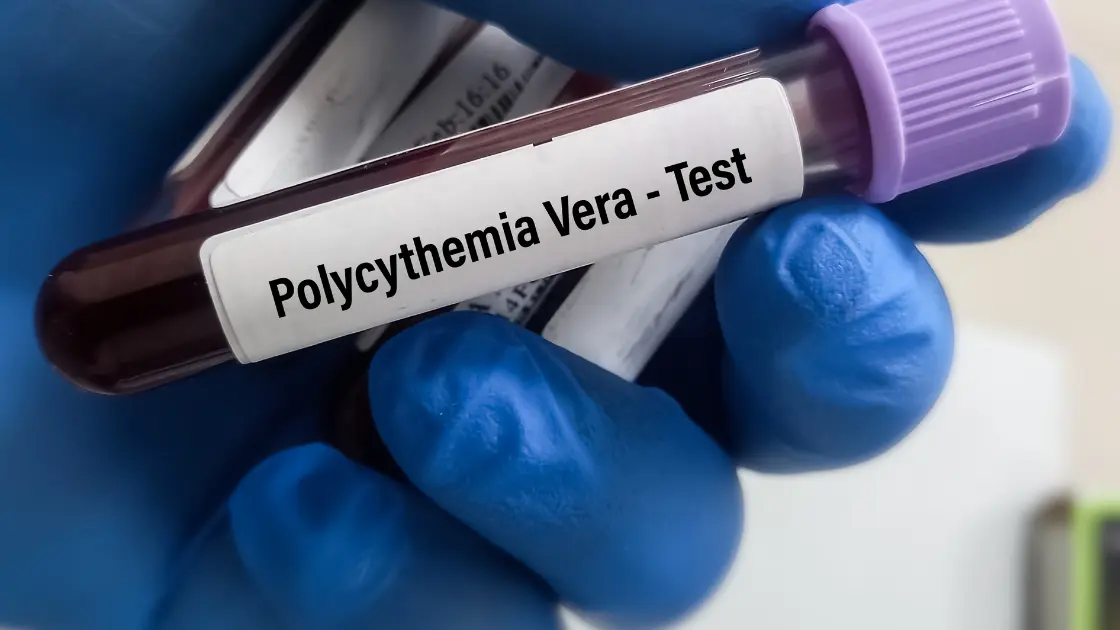
1. Polycythemia Vera
Polycythemia vera is a rare, long-term condition where the body produces too many red blood cells, white blood cells, and platelets. This extra production of blood cells is caused by a problem in the bone marrow, where blood cells are made. Over time, this can cause the blood to become thicker and harder for the heart to pump, which may lead to complications like blood clots.
Since polycythemia vera is a type of cancer affecting the bone marrow, it requires ongoing treatment to manage the condition. The ICD 10 code for polycythemia vera is D45, and this code helps doctors classify and track the condition in their medical records.
2. Secondary Polycythemia
Secondary polycythemia happens when something else in the body causes the number of red blood cells to increase. This increase in red blood cells is usually a response to low oxygen levels in the blood. For example, children who have breathing problems, like asthma, or who live at high altitudes where there is less oxygen, might develop secondary polycythemia as the body tries to get more oxygen to the organs by making more red blood cells.
Unlike polycythemia vera, which is caused by a problem in the bone marrow, secondary polycythemia is a response to another condition. The ICD 10 code for secondary polycythemia is D47.0, which is used by doctors to help identify and treat the condition appropriately.
In summary, polycythemia vera is a rare condition caused by a problem in the bone marrow, while secondary polycythemia happens when another health issue causes low oxygen levels, leading to an increase in red blood cells. Both can be treated through medical care but the two conditions are quite different when it comes to management.
What are the Symptoms of Polycythemia in Kids?
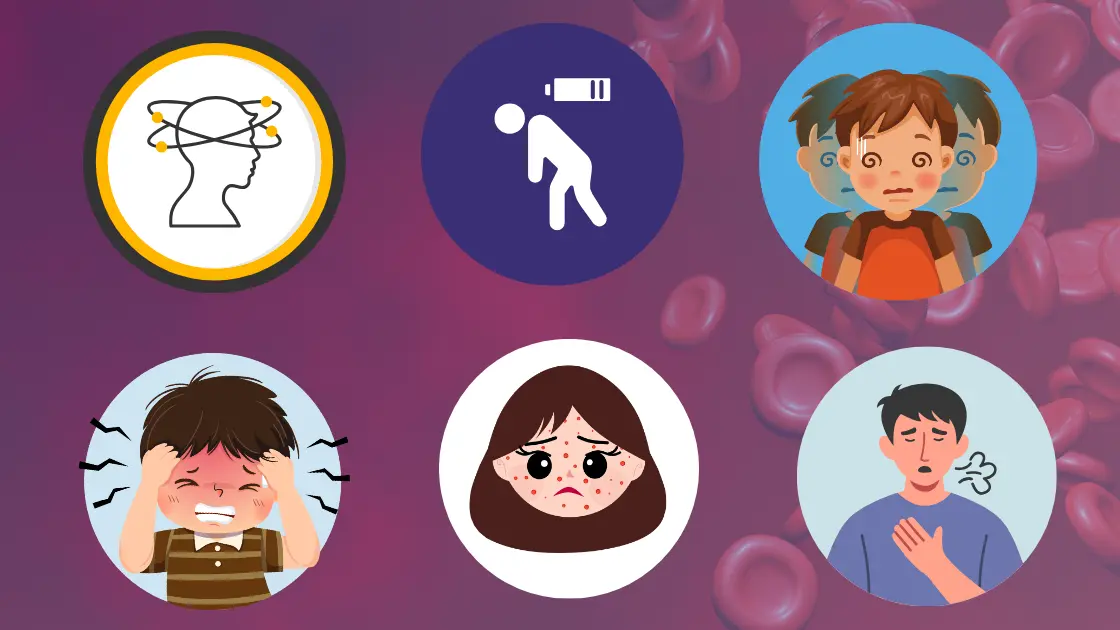
The symptoms of polycythemia can vary depending on how severe the condition is. Here are some common symptoms that might show up:
1. Headaches
Headaches are a common symptom of polycythemia because the blood becomes thicker than usual. When the blood is thicker, it has a harder time flowing through the blood vessels. This can put pressure on the brain and cause pain, leading to a headache. In children with polycythemia, headaches can be persistent or come and go.
2. Dizziness or Feeling Lightheaded
Dizziness or feeling lightheaded happens because the blood has trouble flowing properly to the brain due to its thickened state. When the brain doesn’t get enough oxygen or blood flow, it can cause the child to feel dizzy, lightheaded, or even like they’re going to faint. This symptom can make it hard for children to focus or even do normal activities.
3. Tiredness (Fatigue)
Children with polycythemia often feel tired because their heart has to work harder to pump the thicker blood through the body. When the heart has to do extra work, then it consumes more energy and therefore the child can be left feeling tired or exhausted. They can experience sleepiness or can become unable to follow their regular activities.
4. Reddening of the Skin, Especially on the Face
Thickened blood can make the skin seem redder especially on the face. This comes to occur since the blood vessels become more noticeable under the skin. This fattening will go to show that the blood is in a worse condition, and not circulating freely. In some other cases, the redness may also occur on the arms, legs, or other body parts.
5. Blurred Vision
Blurred vision occurs when the thicker blood doesn’t flow properly to the eyes. Because the blood is thicker, the eyes may not get enough oxygen or nutrients, which can lead to vision problems. Children might complain about seeing things blurry or being unable to focus clearly, which can affect their ability to read, play, or concentrate.
6. Shortness of Breath
Shortness of breath can occur when the heart and lungs are working harder to compensate for the thicker blood. Since the heart has to pump harder, it can make the child feel out of breath, even when they’re not doing anything physically strenuous. This symptom happens because the body is not getting enough oxygen to its organs and muscles due to the thickened blood.
These symptoms are all signs that the blood isn’t flowing as it should, which is why it’s important to consult a doctor if a child experiences any of them. Proper treatment can help manage these symptoms and keep the child feeling healthy.
How is Polycythemia Diagnosed?
To diagnose polycythemia, doctors will usually order a blood test. This test checks the number of red blood cells in the blood. When the number of such cells is above the normal levels, this is an indication of polycythemia.
Other diagnostic steps include:
- Bone marrow biopsy: This test is done to measure the amount of cells that are being produced in the bone marrow; this test is also done to see whether the bone marrow is producing too many blood cells. It helps to confirm whether the cause is polycythemia vera or secondary polycythemia.
- Erythropoietin (EPO) level test: This test measures the amount of a hormone called erythropoietin, which is involved in red blood cell production. Low levels could suggest polycythemia vera, while high levels may point to secondary polycythemia.
- Oxygen level tests: These tests check the oxygen levels in the blood, which can help doctors determine if low oxygen is contributing to secondary polycythemia.
What is the Life Expectancy for Children with Polycythemia Vera?
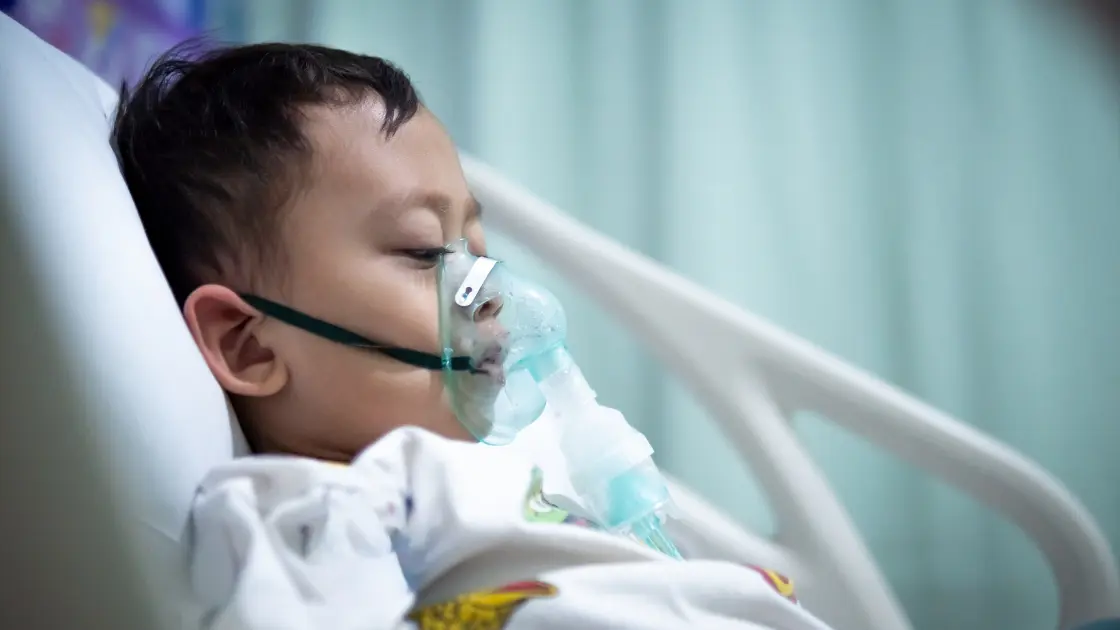
Children with polycythemia vera can live a normal life with the right treatment. It’s important to know that polycythemia vera is a lifelong condition, but with careful management, the child can avoid serious complications like blood clots and strokes. The earlier the condition is treated, the better the outcome will be.
For children with secondary polycythemia, life expectancy is usually determined by the underlying condition (such as lung disease). Treating the underlying cause can help manage polycythemia and improve quality of life.
How is Polycythemia Treated?
1. Phlebotomy (Blood Removal)
Phlebotomy is a procedure during which a physician detaches part of your child blood. This will also be useful in decreasing the levels of red blood cells within the body. When a person has excess red blood cells, the blood becomes very sticky and the heart does not pump the blood effectively. Phlebotomy aids in diluents the blood hence the ease in the movement of oxygen and nutriment by the heart all over the body. This also reduces the possibility of blood clots which is unsafe. You can imagine it as a form of relaxation in the body of your child a bit the same way as when there is a loss of excess amount of blood cells.
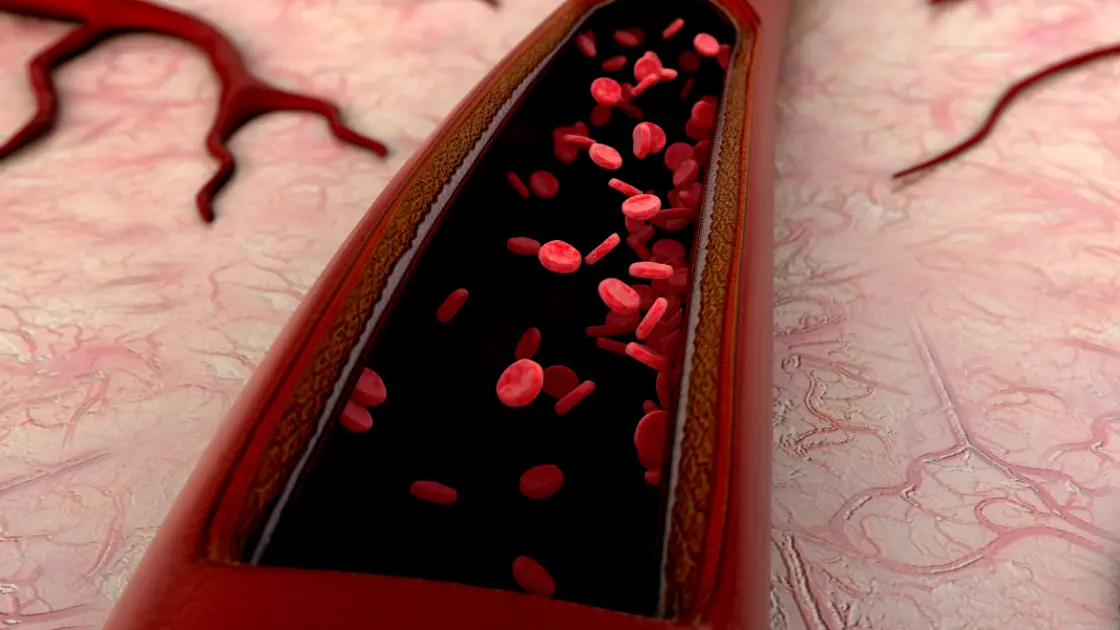
2. Medications
On some occasions, physicians can prescribe medications to assist in the reduction of the rate of production of the red blood cells. The action of these medicines is to reduce or regulate the creation of blood cells by bone marrow. This matters since having an excess manufacturing of red blood cells can lead to other issues such as clots or strokes. These drugs are the means of coping with the state and making your kid having a normal life and no severe issues. It is as though giving the body a push in the right direction of producing the levels of the blood cells adequately.
3. Oxygen Therapy (for Secondary Polycythemia)
Oxygen therapy is recommended for children who have secondary polycythemia. This condition happens when there’s another problem, like lung disease, that causes low oxygen levels in the blood. When the body doesn’t get enough oxygen, it can create more red blood cells in an attempt to make up for it. Oxygen therapy involves using a special mask or tubes that provide extra oxygen to help your child’s body get the oxygen it needs. This can prevent the body from making too many red blood cells and help keep the condition under control. Think of it as giving your child extra oxygen to keep their blood healthy and functioning properly.
These treatments are all about helping your child’s body function better by ensuring the blood flows smoothly, carries enough oxygen, and doesn’t get too thick or dangerous. Each treatment works in a different way, but they all help to keep the child healthy and reduce the risks associated with polycythemia.
Comparison with Other Medical Conditions
It is good to know how polycythemia relates to the other medical illnesses hence below is a plain comparison:
Polycythemia vs. Anemia
In fact, anemia is the antithesis of polycythemia. During anemia, there is insufficient amount of red blood cells. The significance of the red blood cells is that they transport oxygen to the body organs and body tissues. Without enough red blood cells, kids with anemia can feel tired, weak, and sometimes even dizzy because their bodies aren’t getting enough oxygen.
On the other hand, polycythemia happens when the body makes too many red blood cells. This extra number of red blood cells makes the blood thicker and harder for the heart to pump. So, kids with polycythemia might experience symptoms like headaches, dizziness, and redness of the skin because the blood is thicker and not flowing properly.
Polycythemia vs. Leukemia
Leukemia is a type of cancer that affects the blood, but it’s very different from polycythemia. In leukemia, the problem is with the white blood cells, which are the cells that help fight infections. Leukemia causes the body to make too many abnormal white blood cells, which can crowd out normal blood cells and affect how the body works.
In contrast, polycythemia involves too many red blood cells. So, while both conditions affect the blood, they are different types of problems. Leukemia is about the white blood cells and is a form of cancer, while polycythemia is about having too many red blood cells.
Both conditions are serious and require careful treatment, but they are very different in what causes them and how they affect the body.
Polycythemia vs Anemia vs Leukemia Comparison
Category | Polycythemia | Anemia | Leukemia |
Blood Cells Affected | Too many red blood cells | Not enough red blood cells | Too many abnormal white blood cells |
Cause | Excessive production of red blood cells | Lack of red blood cells | Abnormal production of white blood cells |
Symptoms | Headaches, dizziness, redness of the skin, fatigue | Tired, weak, dizzy, pale skin | Fatigue, frequent infections, easy bruising, weight loss |
Treatment | Phlebotomy, meds to reduce red blood cell production, oxygen therapy (secondary) | Iron supplements, blood transfusions, medications (for some types) | Chemotherapy, radiation, stem cell transplant |
Severity | Can lead to blood clots or stroke if untreated | Can cause fatigue and weakness, potentially leading to serious complications | Serious cancer requiring long-term treatment |
Frequently Asked Questions (FAQ): Still Curious About Polycythemia ICD 10?
Q: What is the difference between polycythemia vera and secondary polycythemia?
A: Polycythemia vera is a condition where the bone marrow makes too many red blood cells. Secondary polycythemia happens because of other conditions, like lung disease, that reduce oxygen levels in the blood.
Q: How is polycythemia diagnosed in kids?
A: The doctors acquire polycythemia by testing blood to determine the level of red blood cells. In some cases, other tests might be required to diagnose the infection, which is bone marrow biopsy.
Q: Can polycythemia be treated?
A: Yes, polycythemia can be cured. Therapeutic alternatives comprise phlebotomy (removal of blood), drugs and other measures against red blood cell maturation and oxygen treatment in the case of secondary polycythemia.
Q: Is polycythemia dangerous for kids?
A: Polycythemia vera can be dangerous if not treated because it can lead to complications like blood clots. However, with proper treatment, children can live normal lives. Secondary polycythemia usually improves once the underlying condition is treated.
Conclusion: Polycythemia ICD 10
Understanding polycythemia ICD 10 and its different forms is important for parents of children with this condition. Be it the polycythemia vera or secondary polycythemia, whether your child gets the best care is dependent on how much you understand your child needs such as his or her symptoms, diagnosis, and the right treatment. Early diagnosis coupled with the proper treatment enables the children with polycythemia to live normal lives. The best is to consult your doctor when you have a suspicion that your child has this condition.
Explore more on Pregnancy Must –
